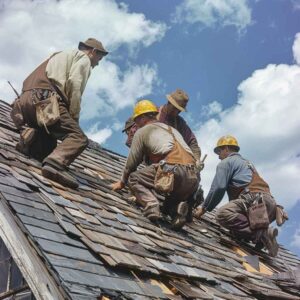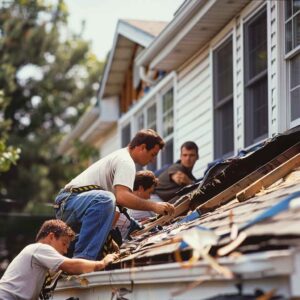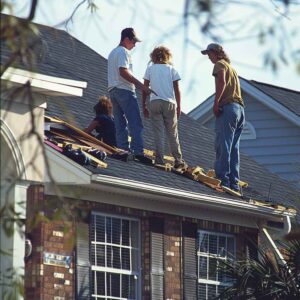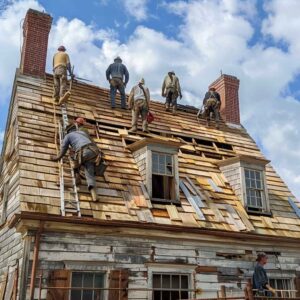Imagine a roofing square as a puzzle piece in the intricate jigsaw of construction projects. However, understanding what exactly constitutes a roofing square might seem like a complex task. But fear not, for clarity is just a few words away. By unraveling the mystery behind this fundamental measurement unit, you will gain insight into a crucial aspect of the roofing industry that can significantly impact your project’s planning and budgeting. Consulting with a professional roofing contractor can provide invaluable guidance in deciphering the intricacies of roofing measurements and ensuring accurate estimations for your project. So, let’s demystify the concept of a roofing square and explore its practical applications.
Understanding the Roofing Square
When calculating roofing materials, understanding the roofing square simplifies the estimation process. A roofing square is a unit of measurement used in the roofing industry, equivalent to 100 square feet of roof area. Knowing this lets you quickly determine the materials needed for a roofing project. To calculate the number of squares required for a roof, you need to measure the length and width of the roof in feet and divide the total square footage by 100. This calculation helps accurately estimate the quantity of shingles, underlayment, and other materials necessary for the job.
Calculating Roofing Square Measurement
To accurately calculate the roofing square measurement for your project, measure the length and width of the roof in feet and divide the total square footage by 100. For example, if your roof is 30 feet long and 20 feet wide, the total square footage would be 600 square feet (30 x 20 = 600). To convert this to roofing squares, you’d divide 600 by 100, giving you six roofing squares for the project.
Importance of Roofing Squares
Understanding the significance of roofing squares is crucial for efficient project planning and material estimation. Knowing the size of a roof in squares allows you to accurately determine the materials needed for the job. This helps you avoid underestimating and running out of supplies midway through the project or overestimating and wasting money on excess materials.
Roofing squares also play a vital role in cost estimation. Contractors often price their services based on the square footage of a roof, so having an accurate measurement in squares is essential for providing clients with reliable quotes. Additionally, understanding roofing squares allows you to compare quotes from different contractors more effectively, ensuring you’re getting a fair price for the work.
Converting Roofing Squares to Square Feet
To convert roofing squares to square feet, multiply the number by 100, as each roofing square equals 100 square feet. This conversion is straightforward and essential in estimating the amount of material needed for a roofing project. For example, if you have five roofing squares, you’d calculate five squares x 100 square feet/square = 500 square feet.
Understanding this conversion is crucial for accurately determining the scope of a roofing project. By converting roofing squares to square feet, you can precisely calculate the required materials, such as shingles, underlayments, or other components. This calculation ensures that you have the right amount of materials on hand, preventing unnecessary delays or additional costs due to shortages.
Utilizing Roofing Squares in Estimates
When estimating roofing projects, incorporating roofing squares into your calculations streamlines the process and ensures accurate, durable material assessments. By utilizing roofing squares, you simplify the estimation process by working with standardized units that are commonly used in the roofing industry. This method allows you to calculate the amount of materials needed more efficiently, reducing the chances of errors in your estimates.
Roofing squares help you break down the roof area into manageable sections, making it easier to determine the required materials for each section. This approach provides a structured framework for your estimates, enabling you to plan and budget effectively for the project.





